The Seattle Aquarium, which showcases complex global marine conservation and regeneration efforts, will open its $160 million Ocean Pavilion on August 29. This addition features species and ecosystems from the Coral Triangle, one of the world’s most biodiverse ecosystems only seen in the tropical waters around Indonesia, the Philippines, and Malaysia. It also connects visitors to a waterfront park with panoramic views overlooking the region’s Salish Sea.
The Ocean Pavilion expansion is home to three new immersive habitats. The Reef is a nearly 500,000-gallon habitat featuring tropical species such as Indo-Pacific leopard sharks, eagle rays, and blue-spotted stingrays. Meanwhile, The Archipelago displays an Indonesian mangrove forest at the surface with a colourful ecosystem of coral reefs below, and At Home in the Ocean brings the biodiversity of the Coral Triangle, including clownfish, seahorses, leaf scorpionfish, and more, to life at eye level for youngest guests.
The new Ocean Pavilion also presents 360-degree video and interactive experiences inOne Ocean Hall.
Dr Erin Meyer, Seattle Aquarium’s chief conservation officer, joined the Aquarium in 2018 as director of conservation programs and partnerships (CPP). She then served as the Aquarium’s vice president of CPP before stepping into her current role. Bringing more than a decade of complex, multicultural, conservation-program leadership and vigorous experience in development and program implementation to her new role, Meyer is a proven marine conservation trailblazer, ideally fitted to lead the institution’s marine conservation mission.

Her leadership and advocacy within national and international ocean communities have helped nurture ground-breaking conservation programs. She is a founding leader of the innovative ReShark Initiative and StAR project to restore endangered shark populations in the wild. She is also chair of the Aquarium Conservation Partnership (ACP) steering committee.
The role of zoos and aquariums
“I wanted to be a marine biologist since I was four,” Meyer tells blooloop. “Now, I've been doing this for decades as my professional career, through academia, through environmental education, public policy, and, for the last six years, through my work at the Seattle Aquarium.”
She grew up in the Pacific Northwest in Seattle until the age of 12, exploring the Puget Sound in a boat:
“We'd go fishing, we'd swim, we'd snorkel. I grew up going to the Seattle Aquarium, and I have distinct memories of myself at four, five, six, and seven years old, walking through the halls, seeing the habitats, and pressing my face against the acrylic. I couldn’t get close enough."
When she applied for her original job at the aquarium seven years ago, she had been working in marine conservation for decades:
"After getting the job and getting to know the aquarium community in the US and globally, I began to realise the incredible extent of conservation work aquariums and zoos have been and are involved in.”
Sharing stories of hope and success
Additionally:
“I very quickly learned that, while we are incredible storytellers, we are terrible at telling our own story. We talk a lot about the habitats that we're showcasing. We talk about our education work, engaging communities and inspiring the next generation. Still, we don't talk enough – even through our public-facing channels - about the conservation work, the direct species recovery work, the incredible research, and the policy and advocacy work we do.
There’s a movement to start changing that, which is great. The world should know more about the incredible amount of conservation work that aquariums and zoos do.”
We are, she points out, constantly bombarded through the media with negative environmental stories:
“There was one recently about the latest heatwave wiping out more corals, for example. The media focuses on these negative environmental stories. It's important to talk about the threats and challenges facing the ocean. However, if that's all we talk about, we all fall into this place of despair.
"We, as aquariums, are incredible. We can lean in and share our stories of hope and success, stories of where ecosystems are recovering because of community action and community commitment, and through some of the work aquariums do in partnership with organisations and communities worldwide.”
Conservation at Seattle Aquarium
There is still a lingering notion among some people that zoos and aquariums are concerned with captivity:
“We need to get people past that so they see the incredible work that zoos and aquariums are doing. An astonishing body of knowledge is built on research and documentation conducted at zoos and aquariums. That knowledge and experience are helping to recover wild counterparts through captive rearing, breeding, and translocation efforts worldwide."
Meyer oversees all of Seattle Aquarium's conservation programs. These include social change work involving visitor engagement, school and public programs, and programs done offsite on rivers and along beaches, which help inspire connection, reminding people about the living organisms and healthy ecosystems locally in the Pacific Northwest and the role they can play in being a part of keeping them healthy.
“The other program area I oversee is big: our research policy, advocacy and species recovery work. It covers everything from microplastics to sea otters. One of the projects I'm excited about – we launched it just a few years ago - is helping to understand what's happening with kelp forests in the Salish Sea here in Washington.
"Kelp forests are a vital ecosystem for a wide variety of species. We lost a large percentage of them many years ago. Some are coming back; some are not. Some are returning in weird places - in the Puget Sound, along our Seattle urban waterfront. We're trying to understand why because understanding why can help us support restoration efforts.”
Species recovery
Beyond the research work, she adds, there are active species recovery projects:
“One, locally, focuses on Pinto abalone. This is an endangered species of abalone and the only one native to our waters here in Washington. We are working with state agencies, federal agencies, and other nonprofits to help recover that species. We have an abalone nursery at our animal care centre. Here, we rear thousands of them yearly and release them into the Salish Sea every spring.”
97% of the pinto abalone population has been wiped out in 50 years of recreational fishing.
“We closed the fishery, and taking any abalone from Washington waters is now illegal. We're hopeful that we can bring that population back through this breeding, rearing and release program.”
The other major species recovery program in which Seattle Aquarium is involved is ReShark. This an international collective of over 90 conservation organisations, aquariums, government agencies, and more working to recover threatened sharks and rays around the world by re-establishing healthy, genetically diverse, and self-sustaining populations:
“Our first project, the StAR project, focuses on zebra shark populations in Raja Ampat (West Papua, Indonesia).
Population sizes have gotten so small that they won't recover on their own. Conservation actions like fisheries management and regulation are important, and marine protected areas are significant. However, that's not enough for some species. That’s where ReShark comes in.”
Storytelling is key for aquariums
With sharks, perception plays a large part: sharks still have an image problem:
“That goes back to the storytelling superpower of aquariums,” Meyer says. “One of the things that we're excited to do through the research program – we now have almost a hundred partners across over 15 countries - is thinking about individual stories for individual sharks. We know where the eggs were born. They hatched in Indonesia; we tagged and released them. We know who their parents are. We know what humans were with them throughout their lives and where they go."
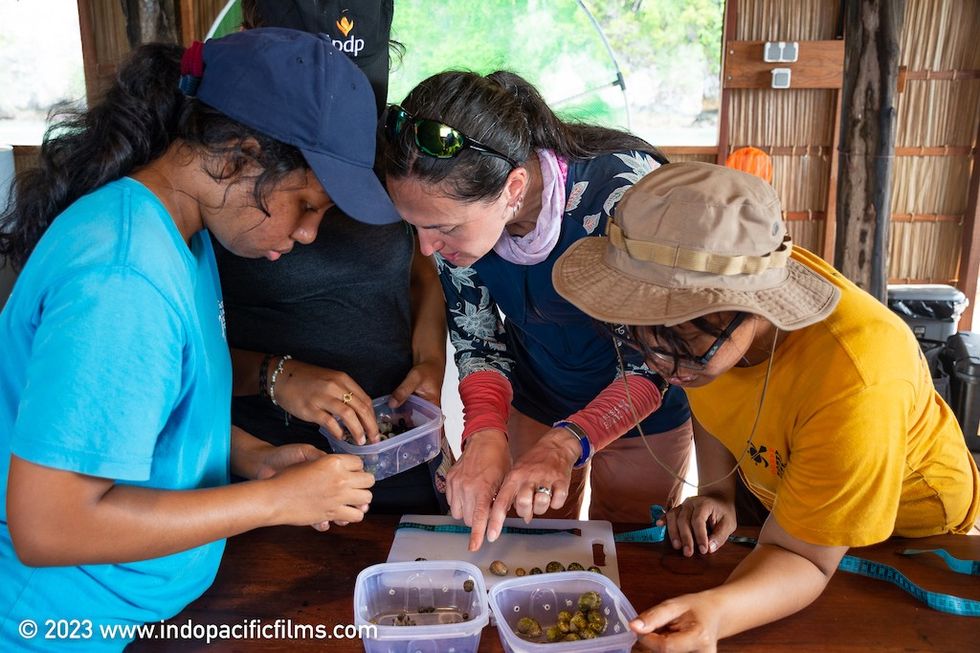
"How do we lean into that superpower of storytelling to transition people from fearing sharks to at least respecting and understanding their importance, and maybe, just maybe, loving and caring for them as much as we do?”
Collaboration and partnership
It is, she says, through collaboration that the challenges facing the environment can be met:
“I'm a serial optimist. What helps me hold on to that is the change I’ve seen in the conservation movement over the last five, maybe ten years. The Aquarium Conservation Partnership is a great example of this change.”
It is a shift characterised by collaboration:
“We're seeing organisations and individuals care less about their own glory and recognition, and a growing appreciation that if we work together, if we collaborate, if we co-create, if we bring diverse perspectives, cultures, experience, and expertise to the table from the start and throughout a project, then we can effect positive enduring change. I'm seeing that happen all around the world, and that's what gives me hope.
"When everybody realises we have a shared goal, something we're trying to accomplish together, that's where the magic happens.”
See also: Building a sustainable future: the work of the Aquarium Conservation Partnership
Connecting with nature
In terms of the biggest challenge facing the oceans, she says:
“The one common thread, I think, is humans because conservation is ultimately about people. In some ways, the biggest threat is complacency and disconnection from wild places. Many of us are disconnected from the wild places around us.
"Through this coalition work through the ACP, through the work of ReShark, through the work of any number of other programs and projects that we're involved in, part of what we're trying to do is remind people how connected they are to the ocean, and how the actions that we each of us take in our daily lives impact the ocean in one way or another, positively or negatively."
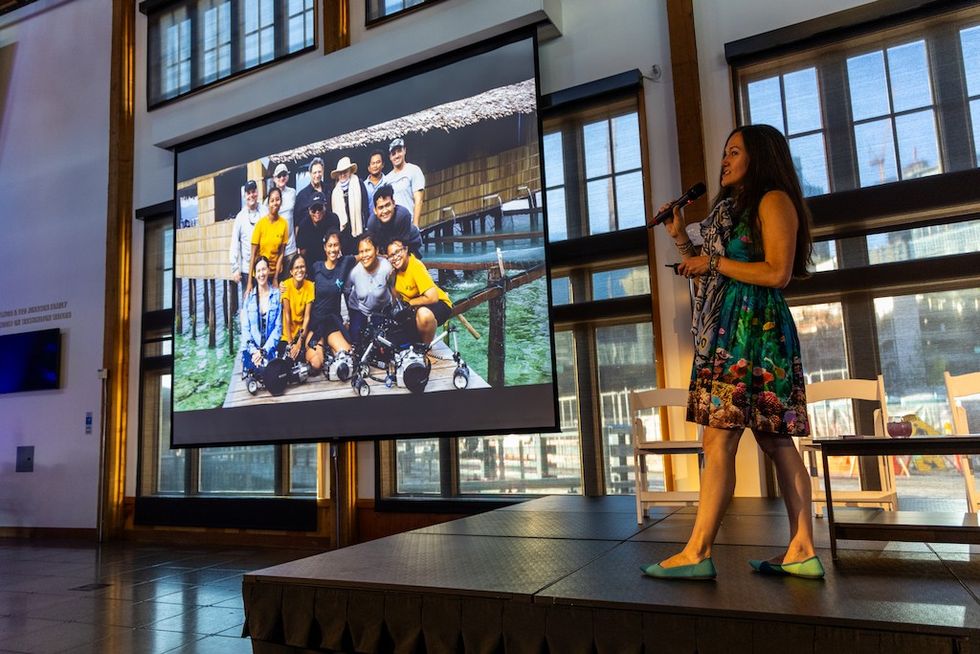
"Then there is that reminder - and I feel like everybody always says this, but it’s true - every other breath we take, in fact, more than every other breath we take, comes from the ocean.
"If we don't take care of it, it won't be able to take care of us.”
Inspiring visitors at Seattle Aquarium
It is through storytelling that Seattle Aquarium seeks to connect its audiences to conservation messaging:
“In many cases, it’s by inspiring connection through an encounter with a cute animal,” she says. Additionally:
“We worked with the Ocean Acidification (OA) Alliance on a series of story maps. It's not easy to explain exactly what's happening with ocean acidification. So, we partnered with the OA Alliance to help develop story maps for the different regions across the United States. This helps communicate and connect people to the threat of ocean acidification and how it's impacting an iconic species in their area. For the Pacific Northwest, we selected sea otters."
"If you go to the story maps, it talks about how ocean acidification affects sea otters and their ability to thrive. That helps to draw in our audiences and connect them with this complex issue. When you scroll through that story map and get to the bottom, it suggests something you can do to be a part of the solution. That's powerful.”
Small actions lead to big change
The Seattle Aquarium’s mission is to inspire the conservation of our marine environment. Meyer comments:
“What makes us unique is our focus is on the outcome. We're focused on identifying and bringing diverse voices, organisations and leaders to the table from the beginning when launching new projects or initiatives. We co-create the table of people with leaders from that local community and maintain those partnerships throughout that project.”
Ultimately, she adds:
“The goal of our work is that we're not needed anymore.
"If we're working on pinto abalone restoration, we're successful when we no longer need to do that. When working on zebra shark or Indo-Pacific leopard shark restoration in Raja Ampat, Indonesia, we're successful when we're not needed anymore. In the end, if we're successful in inspiring connection and conservation of our marine environment, then some of our other programs also aren't needed anymore, at least for the current generation, because part of what we're trying to do is move towards social change.
"Everything is moving towards inspiring connection so that the billions of people around the planet, the millions of people we connect with directly, all recognise that they can take personal, small actions in their daily lives that have a big collective impact.”
Animal care at Seattle Aquarium
As part of their journey through the aquarium, visitors can see into the vet clinic through a window:
“If any procedures or checkups are happening, such as taking a blood sample from a sea otter, our guests can see. Sometimes, we'll have an interpreter standing outside talking with the vet about what's happening there. We talk about the care of our animals and how we feed and care for them. We talk about how they came into our care at the aquarium."
"In the case of the mammals, they're either here because they were born here or at another aquarium, or they came in because they got injured out in the wild, and we were asked to see if we can rehabilitate that animal. Some of the animals in our care are here because the extent of their injury means they couldn't get fully rehabilitated to survive in the wild. They remain in our care to help them live a healthy, thriving life.”
Supporting wild spaces
‘The wild’ is a concept that people sometimes have problems with, imagining it as a vast, beautiful space where all animals should be. In fact, it can be fragmented and often compromised:
“For example, about a decade ago, the last time sea star wasting disease made its way through the west coast of North America, it wiped out populations of over a dozen species up and down the coast, in the wild waters, because of the interplay between climate change and bacteria and viruses that are out in the waterways, and the lack of resilience against those kinds of changes.
"In those cases, the sea stars impacted – over a dozen species – are receiving better care and have a far greater chance of survival in our care than they do out in the wild.”
Concerning sea star wasting syndrome, Meyer adds:
“We have seen many of those species come back, but there is one species that just isn't.”
Sunflower sea star populations have failed to recover, making it unlikely that enough will remain to reproduce independently.
“Several years ago, together with the SeaDoc Society and a professor out of Friday Harbor Labs and Cornell, we convened here at the Aquarium, a group of folks from Alaska, Canada, Washington, Oregon, California and Mexico. We came together to discuss sunflower sea stars and why we're not seeing them return.”
Sea star recovery
As a result:
“A West Coast of North America-wide coalition has been working together since that moment. We've listed the species now with the IUCN Red List of Threatened Species. We have developed a framework and a pathway toward recovery for that species.
"It’s complicated because the virus and the bacteria that impacted that species are still out there, native to the environment. They have just become over-abundant in these heat waves. We are focusing on trying to understand the disease's intricacies. This will help inform where we think we can release animals when we're ready.”
At some point, breeding in a degree of resilience might be possible, something that is being explored with coral:
“There has been a lot of research on the genetic factors impacting whether a reef can survive a heatwave. Research is being proposed to understand the sunflower sea star populations that survived that marine disease. Is it environmental? Were they in a pocket of cool water, for instance - or is there a genetic factor? If it's genetic, can we breed those animals so that the ones we're releasing back out will be more resilient the next time it comes around?”
Seattle Aquarium walks the talk
The aquariums of today and the future need to be actors in conservation:
“The goal of the aquariums of my childhood and my parents’ and grandparents' childhood was education, engagement, and inspiring connection with the animals. Now, we must take that one step further and take action.

"That action-taking can be through direct species recovery or policy and advocacy. We have expertise in that space and a powerful platform to communicate change and inspire our audiences to take action with us.”
She adds:
“In addition to that action-taking, they must walk the talk through sustainable- and, in our case, regenerative - business practices. Because if we can do it as aquariums, if we can be regenerative, if we can push beyond carbon neutral to be climate positive, if we can be zero waste, if we can reduce our water use, if we can engage with the public to inspire change, then anybody can. After all, the office building down the road doesn't have to maintain ecosystems conducive to life.
"If we can hit those mile markers, if we can hit those goals, if we're out there advocating for policies to reduce plastic pollution and support the reduction of greenhouse gas emissions, then we need to walk the talk. We do this at the Seattle Aquarium (and all of our members of the Aquarium Conservation Partnership). We engage and commit to sustainable business practices.
"That is a crucial part of who we are at Seattle Aquarium and who the ACP is.”


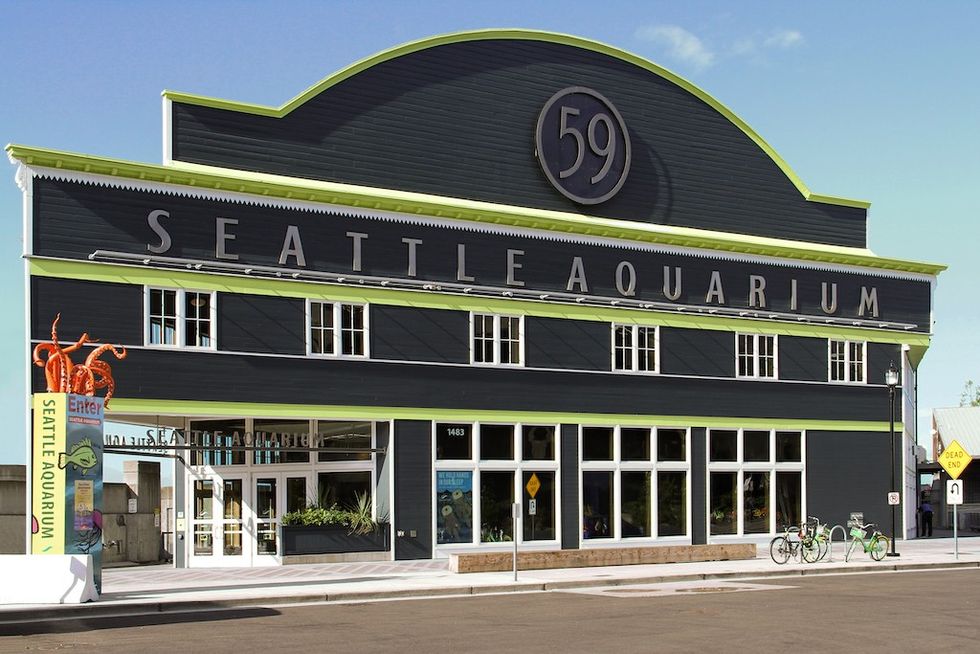
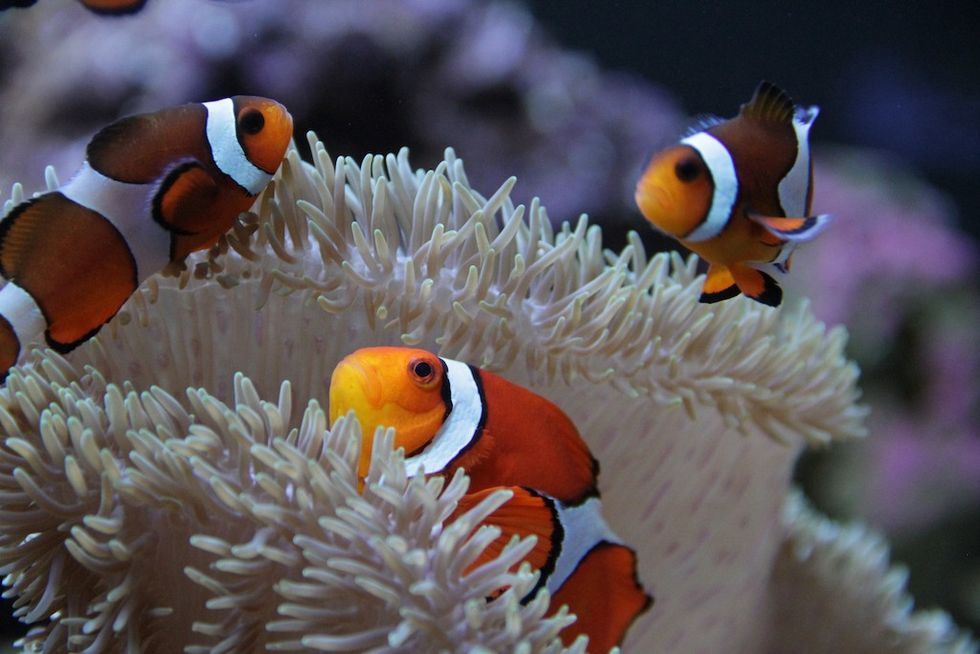

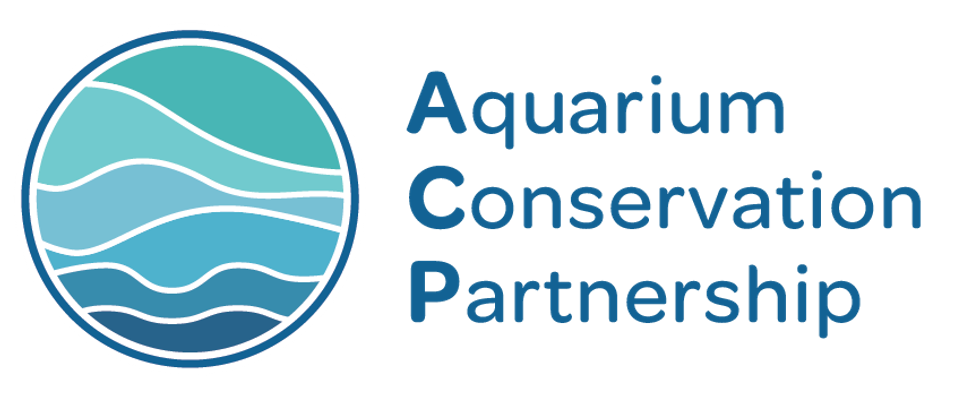

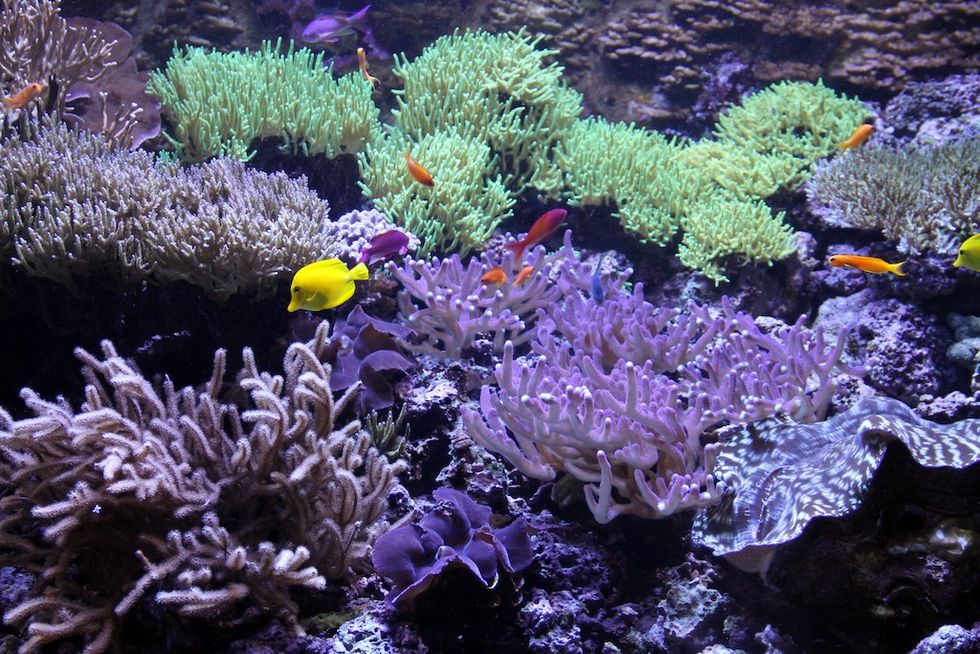

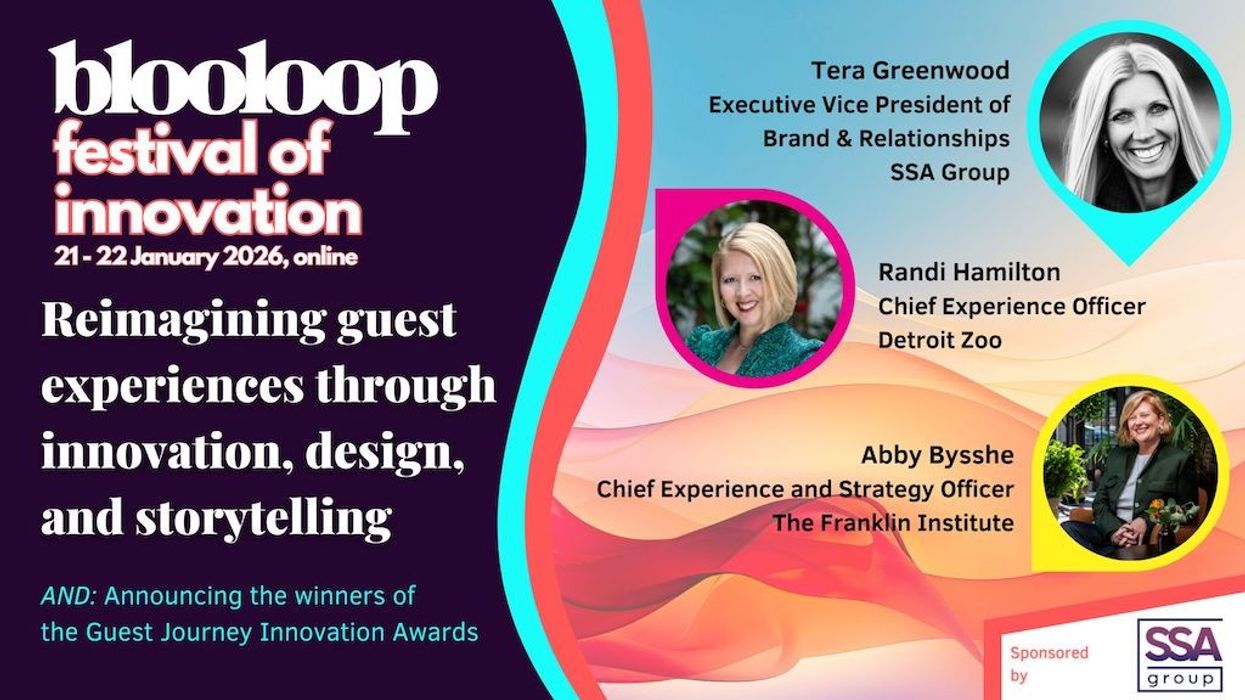
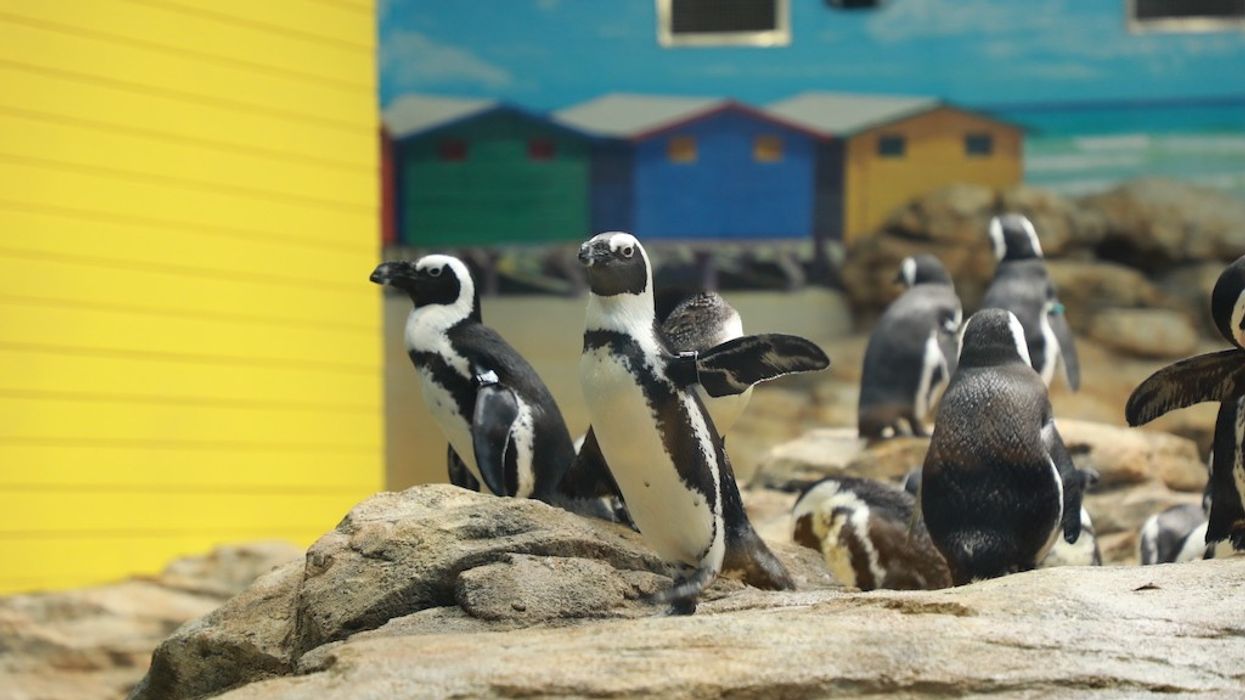

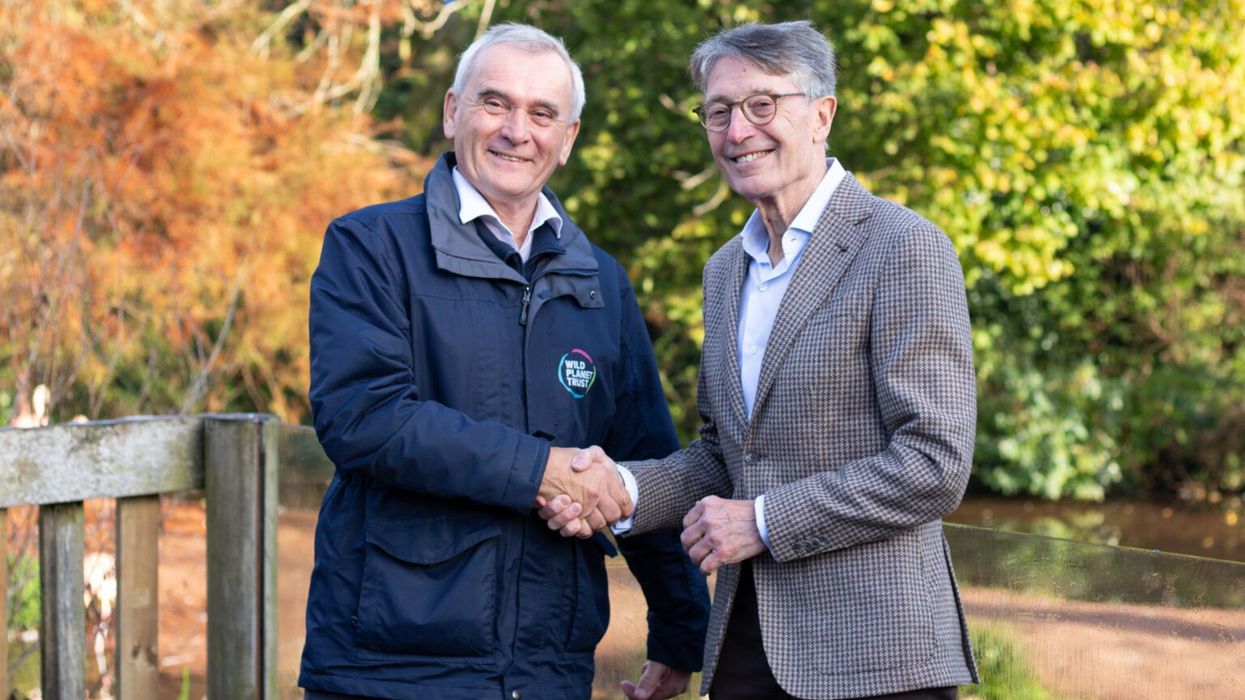

 TM Lim and Adam Wales
TM Lim and Adam Wales







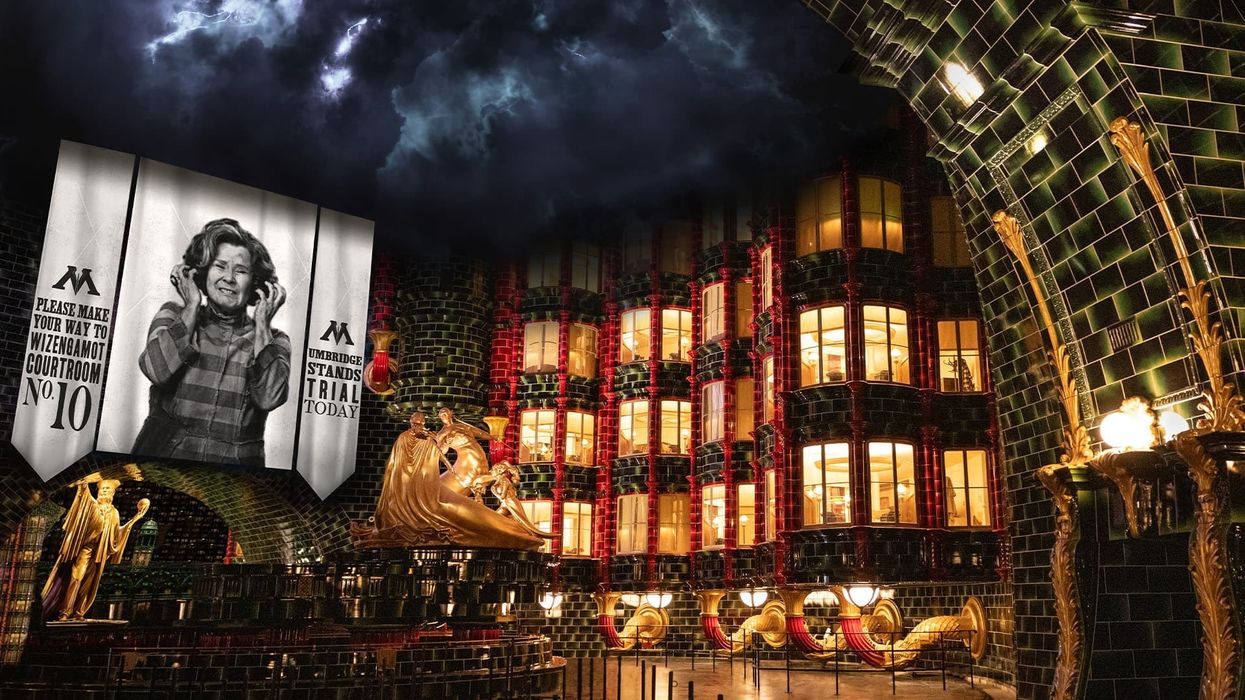

 Toby Harris
Toby Harris Hijingo
Hijingo Flight Club, Washington D.C.
Flight Club, Washington D.C.
 Flight Club Philadelphia
Flight Club Philadelphia Flight Club Philadelphia
Flight Club Philadelphia Bounce
Bounce Hijingo
Hijingo Bounce
Bounce
 Fernando Eiroa
Fernando Eiroa











 Nickelodeon Land at Parque de Atracciones de Madrid
Nickelodeon Land at Parque de Atracciones de Madrid Raging Waters
Raging Waters  Mirabilandia's iSpeed coaster
Mirabilandia's iSpeed coaster Parque de Atracciones de Madrid
Parque de Atracciones de Madrid Ferracci at the ribbon-cutting ceremony for Nickelodeon Land at Mirabilandia, with (left) Marie Marks, senior VP of global experiences for Paramount and (cutting the ribbon) Sabrina Mangina, GM at Mirabilandia
Ferracci at the ribbon-cutting ceremony for Nickelodeon Land at Mirabilandia, with (left) Marie Marks, senior VP of global experiences for Paramount and (cutting the ribbon) Sabrina Mangina, GM at Mirabilandia Tropical Islands OHANA hotel
Tropical Islands OHANA hotel Elephants at Blackpool Zoo
Elephants at Blackpool Zoo  Tusenfryd
Tusenfryd
 Andrew Thomas, Jason Aldous and Rik Athorne
Andrew Thomas, Jason Aldous and Rik Athorne







